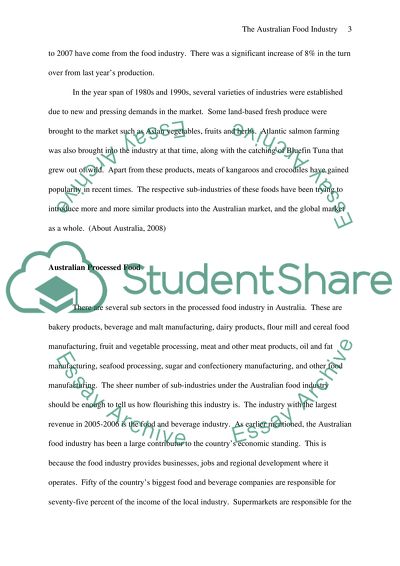Cite this document
(“The Australian Food Industry Essay Example | Topics and Well Written Essays - 2250 words”, n.d.)
Retrieved from https://studentshare.org/miscellaneous/1525896-the-australian-food-industry
Retrieved from https://studentshare.org/miscellaneous/1525896-the-australian-food-industry
(The Australian Food Industry Essay Example | Topics and Well Written Essays - 2250 Words)
https://studentshare.org/miscellaneous/1525896-the-australian-food-industry.
https://studentshare.org/miscellaneous/1525896-the-australian-food-industry.
“The Australian Food Industry Essay Example | Topics and Well Written Essays - 2250 Words”, n.d. https://studentshare.org/miscellaneous/1525896-the-australian-food-industry.


